Norway Spruce Needle Browning and Loss
bluebars
15 years ago
Related Stories
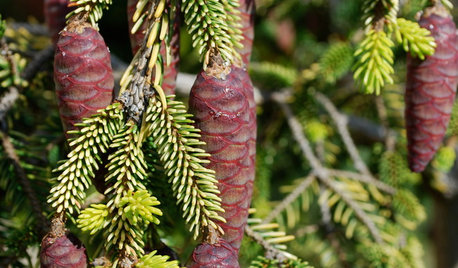
GARDENING GUIDESGreat Design Plant: Skylands Oriental Spruce, a Favorite Conifer
Brighten up a drab corner of your garden with Picea orientalis ‘Skylands’, a smaller spruce that a bird family might just call home
Full Story
HOLIDAYSHow to Care for Your Christmas Tree
Keep your tree looking lush until the last ornament is packed away with these tips for watering, using stands and more
Full Story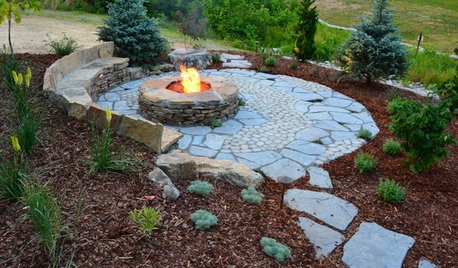
HOLIDAYS10 Ways Your Christmas Tree Can Live On After the Holidays
Learn how to recycle your Christmas tree and reap benefits for the environment
Full Story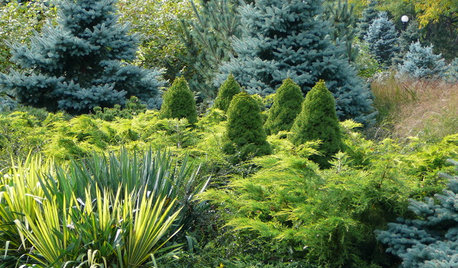
PLANTING IDEASDesigning With Conifers: Layers of Texture for Your Garden
Sharp and prickly or fine like ferns, richly textured conifers bring unexpected interest to the landscape
Full Story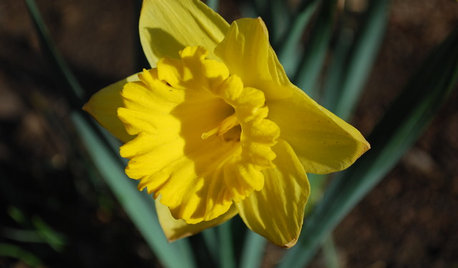
GARDENING GUIDESRocky Mountain Gardener's September Checklist
Sharpen your spade and grab your gloves — warm days and cool nights in the garden mean it's planting time
Full Story
GARDENING GUIDESHow to Pick a Mulch — and Why Your Soil Wants It
There's more to topdressing than shredded wood. Learn about mulch types, costs and design considerations here
Full Story
FALL GARDENING7 Reasons Not to Clean Up Your Fall Garden
Before you pluck and rake, consider wildlife, the health of your plants and your own right to relax
Full Story
LANDSCAPE DESIGNGet Along With Less Lawn — Ideas to Save Water and Effort
Ditch the mower and lower your water bill while creating a feast for the eyes with diverse plantings and gathering places
Full Story
MONTHLY HOME CHECKLISTSYour Fall Home Maintenance Checklist
Prep your house and yard for cold weather with this list of things to do in an hour or over a weekend
Full Story
DECORATING GUIDES30 Beautifully Inventive DIY Christmas Decorations
Get inspired to decorate your home with these easy and affordable holiday crafts
Full StorySponsored
More Discussions






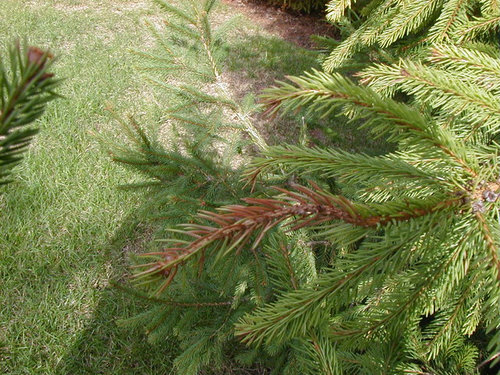
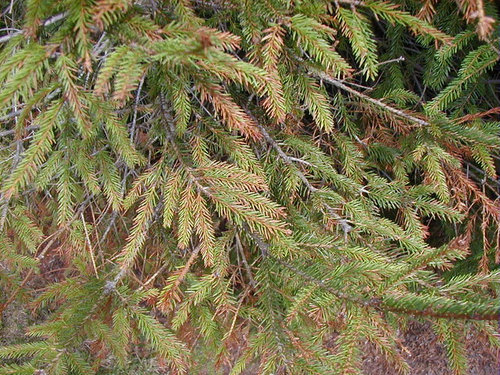
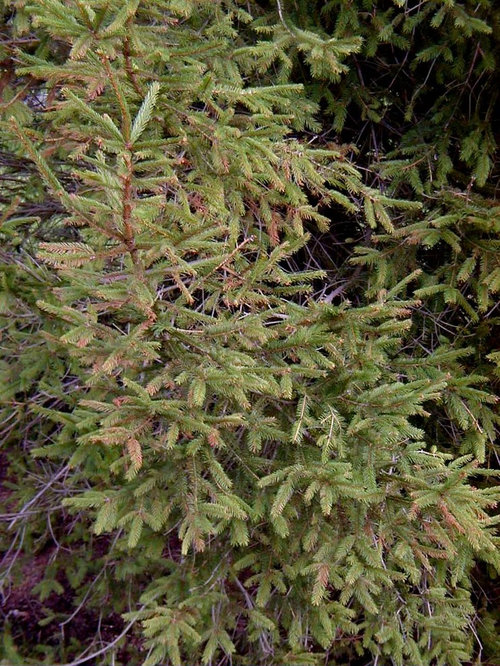




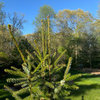
spruceman
jean001
Related Professionals
Simpsonville Landscape Architects & Landscape Designers · Panama City Landscape Architects & Landscape Designers · Downey Landscape Contractors · Dudley Landscape Contractors · El Sobrante Landscape Contractors · Fort Mill Landscape Contractors · Harvey Landscape Contractors · Merced Landscape Contractors · Norwalk Landscape Contractors · Oxnard Landscape Contractors · Parker Landscape Contractors · Paso Robles Landscape Contractors · South Portland Landscape Contractors · West Palm Beach Landscape Contractors · York Landscape ContractorsbluebarsOriginal Author
spruceman
wisconsitom
spruceman
bluebarsOriginal Author
wisconsitom
bluebarsOriginal Author
spruceman